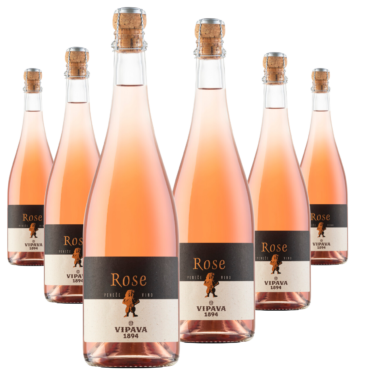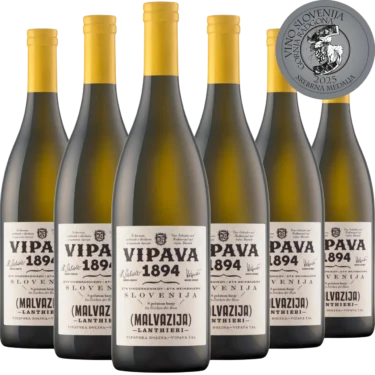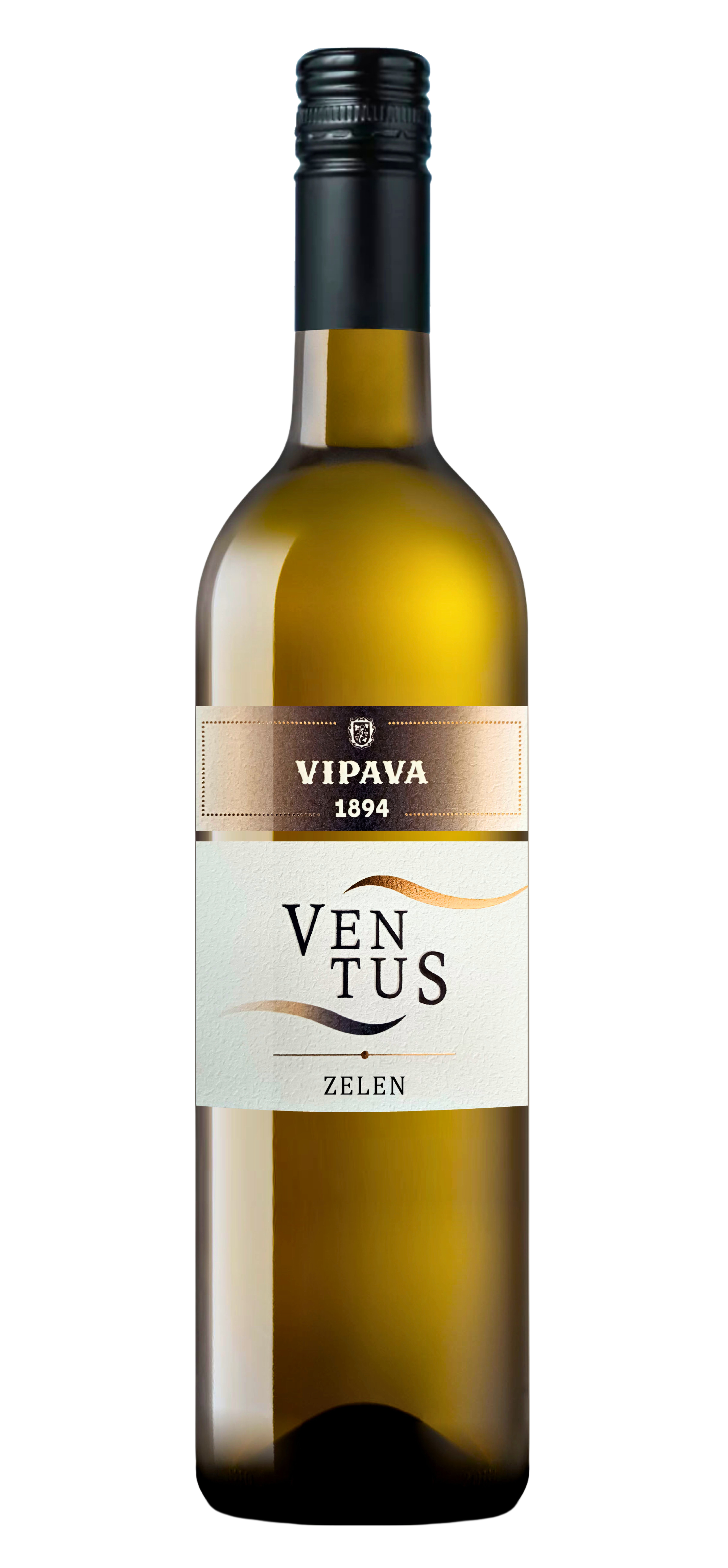
new
ventus
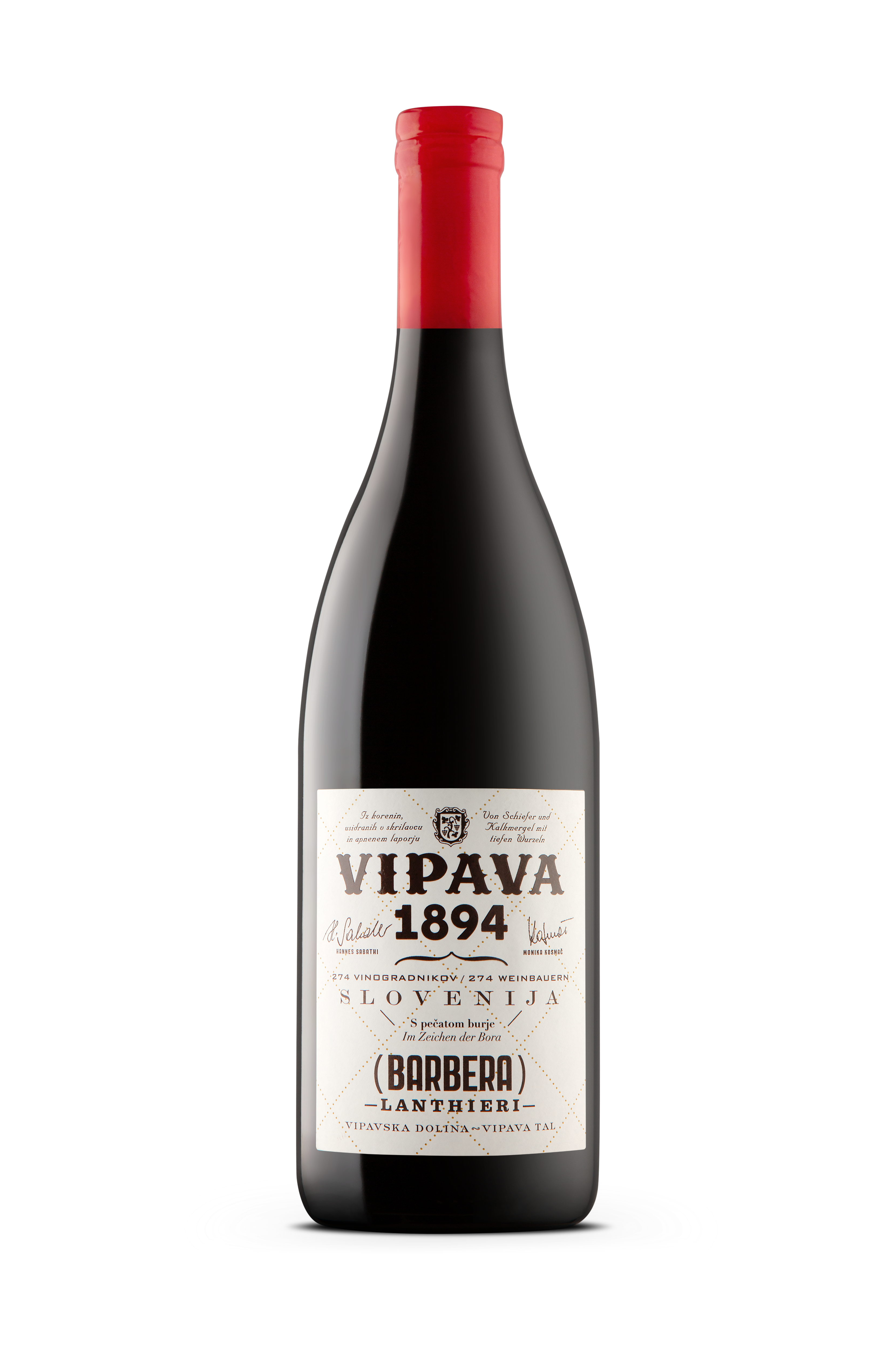
premium fresh taste
Lanthieri
The Lanthieri wines draw their essence from the noble family that once graced the Vipava Valley. Grapes harvested by hand, matured in the Vipava Valley's prime locations, combined with a unique winemaking approach, guarantee a supremely fresh and distinguished flavor. Lanthieri wines are crafted for gourmets who favor vibrant white and red wines, defined by their characteristic varietal aroma, an elegant and polished body, and a truly noble spirit. The indigenous Zelèn and Pinela, hallmarks of the Lanthieri collection, are complemented by a broad spectrum of exceptional local and international grape varieties.
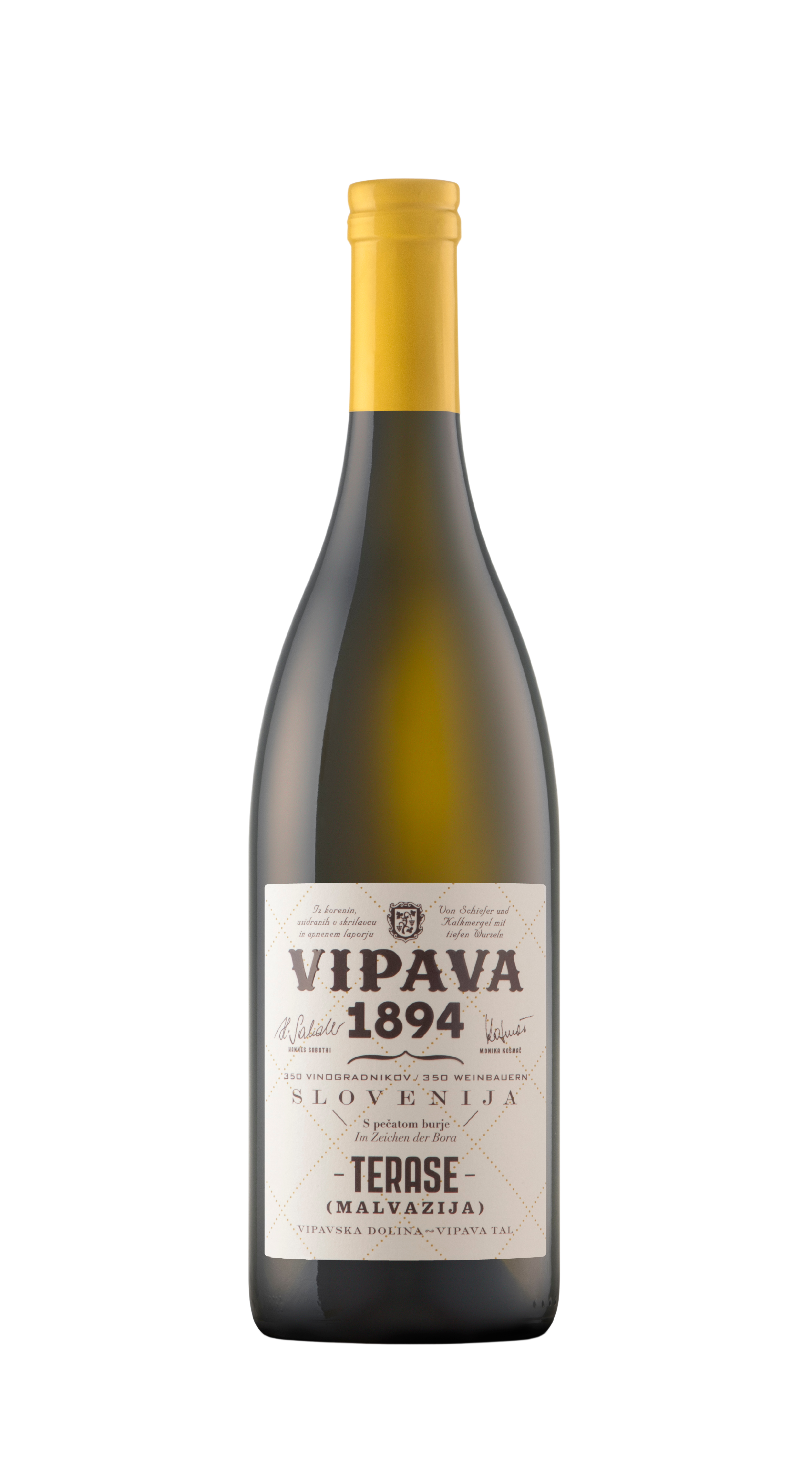
Skin-contact wines
Terase
The Terase Collection: Only the Best Will Do. Only the best is truly good enough for our Terase wines. The very foundation of this collection lies in carefully selected, hand-harvested grapes from the sun-drenched, unique terraced vineyards of the Vipava Valley. These are wines of refined taste, reflecting the distinct Vipava terroir after more than 12 months of maturation in oak barrels. Our specific winemaking approach ensures these wines retain the full richness of their varietal character while profoundly expressing the influence of the very location where the grapes ripened. These mature, structurally rich, yet elegant wines are sure to captivate even the most discerning wine enthusiasts.
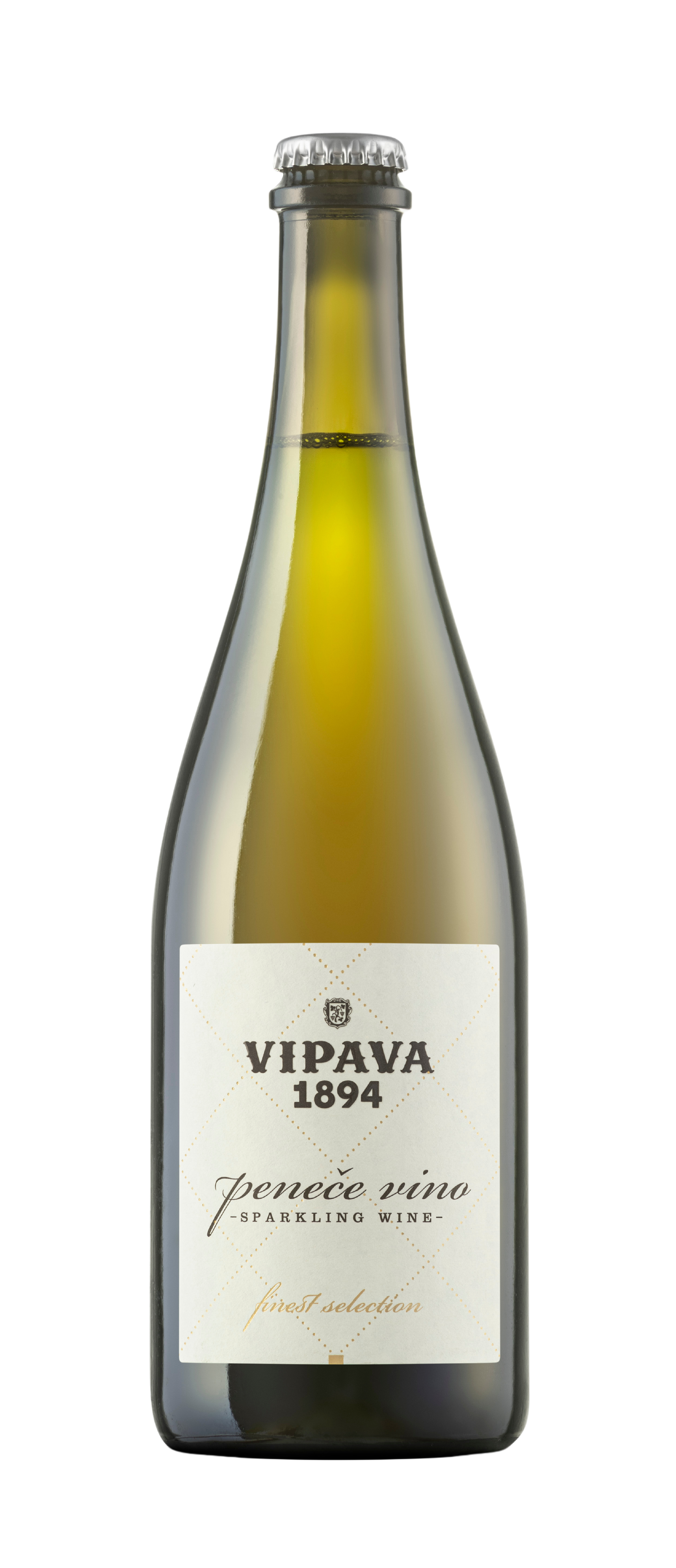
finest selection
Finest Selection
Finest Selection: A Story of Distinction Finest Selection is a story of wine's true uniqueness. It's about that ultimate gift from nature, wisely and creatively elevated by the enologist. These creations, whether sparkling or still wines, have shone like stars in the wine world, transporting us into a realm of magical wine narratives.
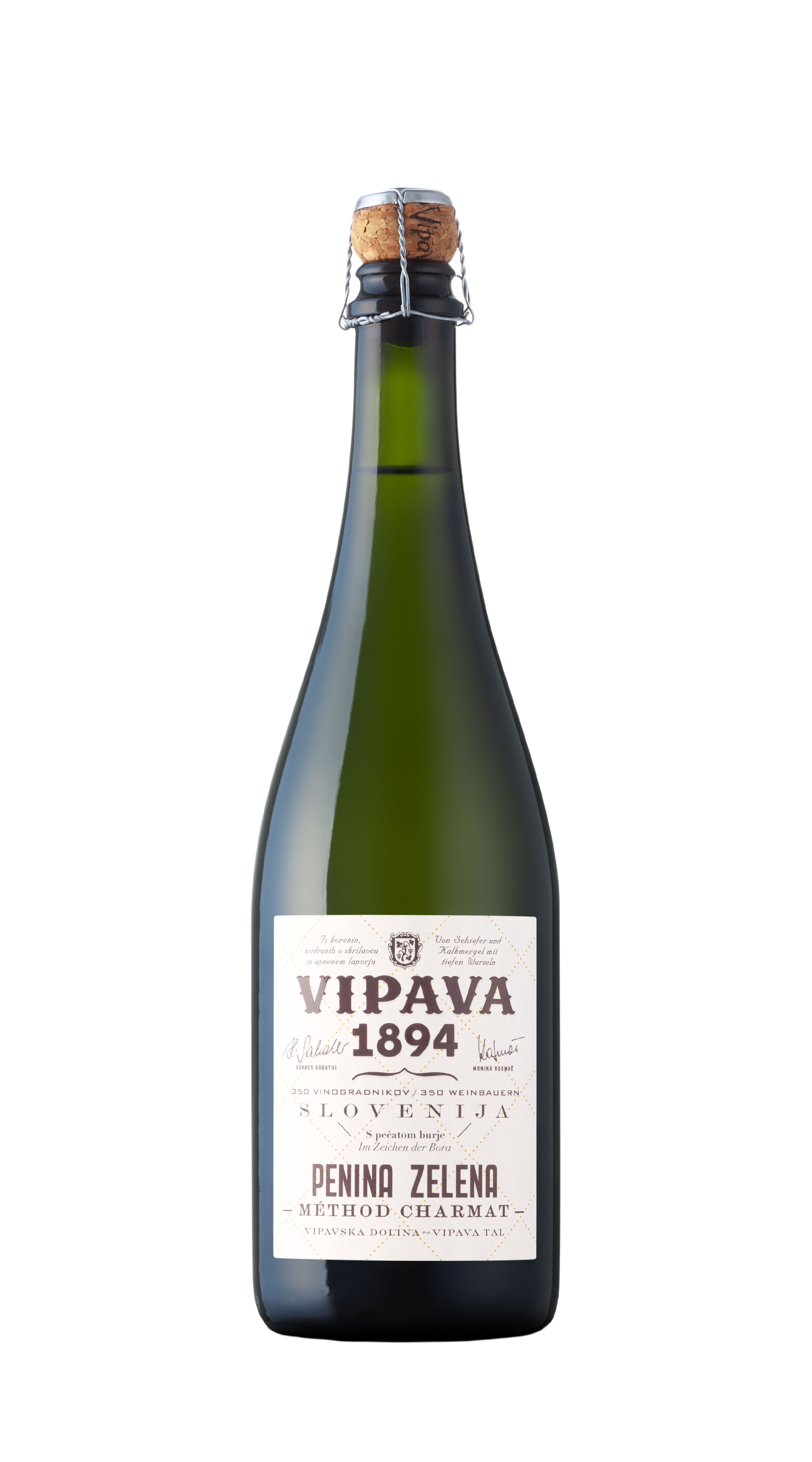
Bubbles of Joy
sparkling wines
It's often said that sparkling wines are reserved for special occasions, festive gatherings, or moments of intimate connection. But you know, we can find our own special moment every single day. A moment perfect for those effervescent bubbles of joy.
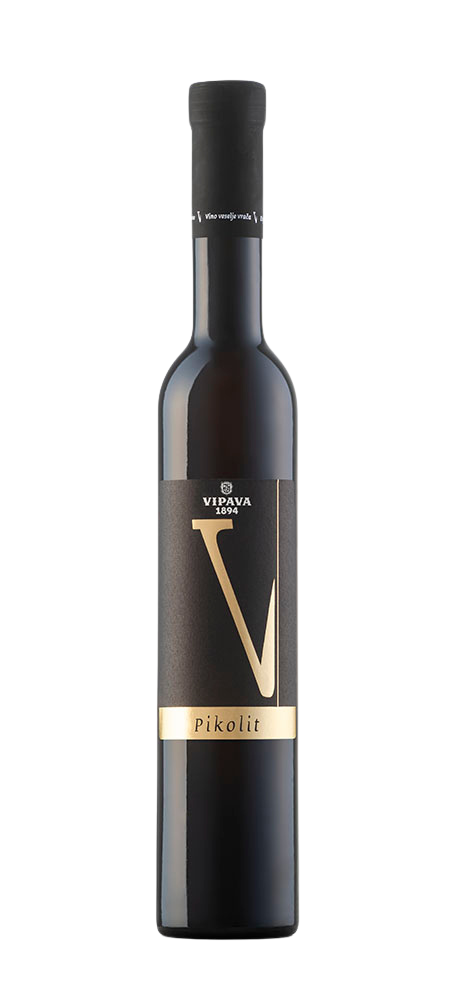
Sweet and Unique
Pikolit & Vinjak (Wine Brandy)
Life itself is sweet, and Pikolit is the sweet wine born from dried grapes. This white Pikolit proudly stands among the finest dessert wines, ready to sweetly conclude every delightful story.



